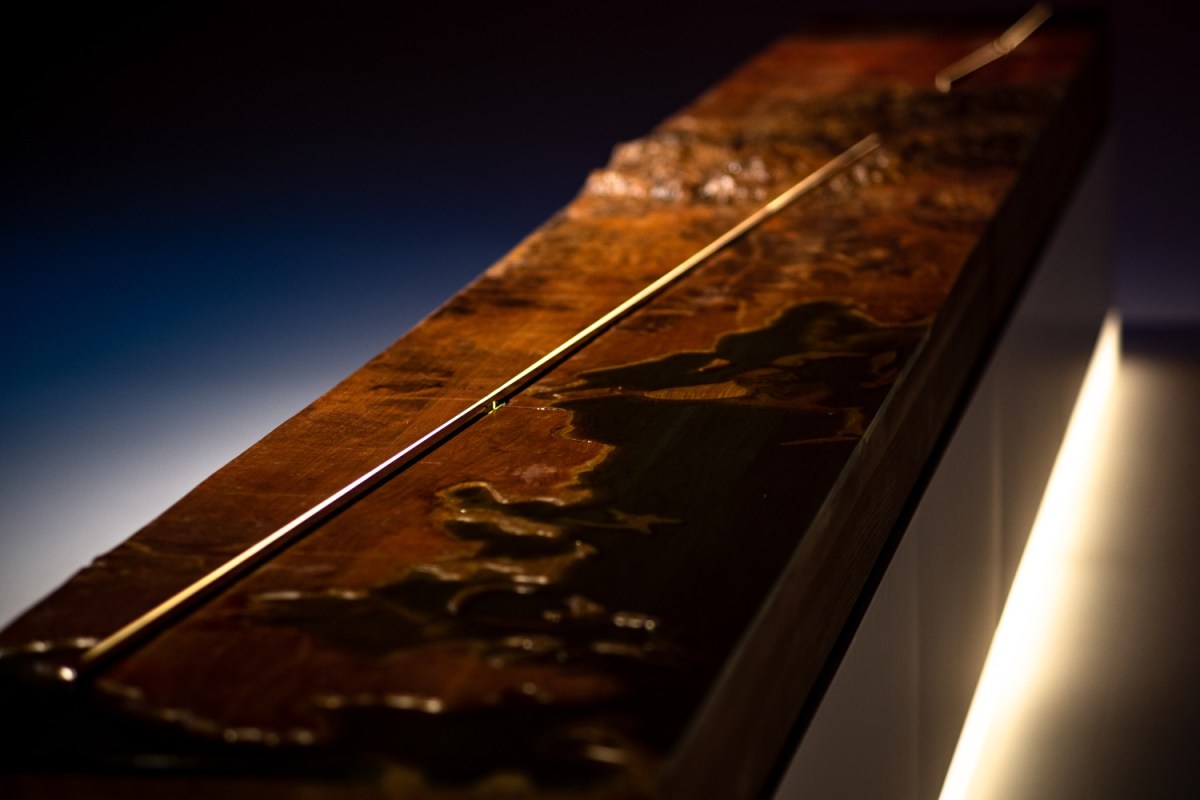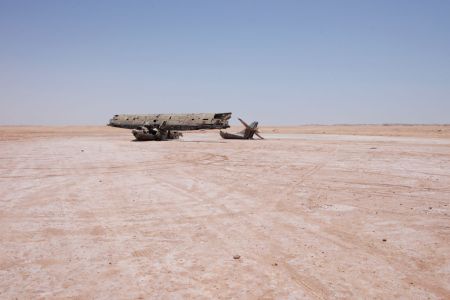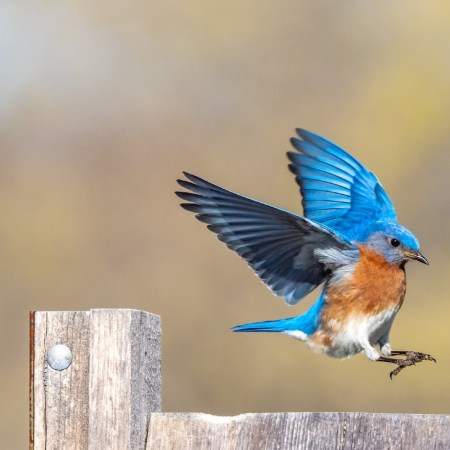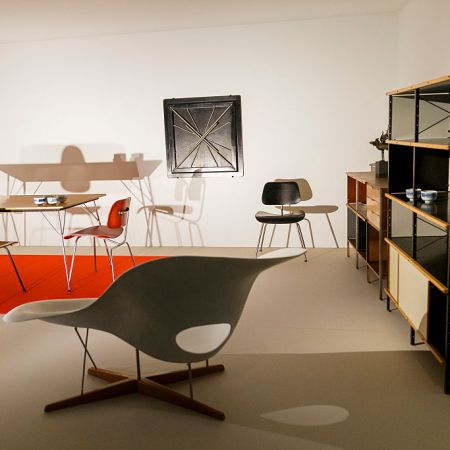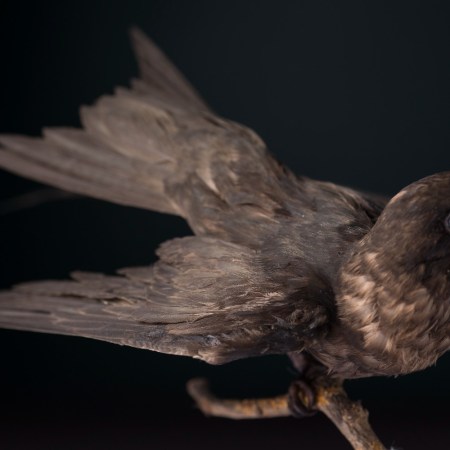There are many things that birds are good at — including flying, embarking on sprawling migrations and foraging for materials for their nests. When it comes to mirrors, however, many birds are out of their depth, sometimes fatally so. Last year, a CNN article noted that one Chicago building was responsible for killing 1,000 birds in a single day. Writing at Bloomberg in 2022, architecture critic Alexandra Lange noted the lethal consequences of glass facades, but also compellingly argued that things didn’t need to be this way. “Architects have known how to prevent their buildings from becoming bird killers for more than a decade,” Lange wrote.
The Line, the massive city Saudi Arabia plans to build as part of its Neom project, is slated to be over 105 miles long and mirrored. From an architectural and engineering perspective, that sounds like quite a feat. From a bird’s perspective, things are a little more apocalyptic.
As Tom Ravenscroft reports at Dezeen, a recent paper published in the journal Trends in Evolution & Ecology called attention to The Line’s unsettling potential to disrupt bird migrations. The paper’s authors write that the sheer size of the project “may pose a novel threat to the Eastern populations of the estimated 2.1 billion migratory birds of >100 species that migrate from Europe to Africa in autumn each year, for which this area forms a bottleneck, with downstream ecological consequences.”
The paper’s authors go on to point to the absence of something crucial to alleviating environmental concerns: “No environmental impact assessment has yet been published.”
Is the “Smart City” Concept Losing Its Appeal?
Changing opinions on a once-promising ideaThere are plenty of ways to design buildings in such a way that they aren’t as much of a hazard to birds. In an interview with Dezeen, Neom’s Tarek Qaddumi pointed out that some design measures would be implemented to reduce the danger to birds — and that staff was at work on monitoring migration patterns. Still, it’s not hard to echo the concerns of the Trends in Evolution & Ecology paper’s authors when it comes to noting the lack of statements that revealed this up front. It’s a lot easier to build something with its ecological impact in mind than having to revamp it after it’s already up, after all.
This article appeared in an InsideHook newsletter. Sign up for free to get more on travel, wellness, style, drinking, and culture.
